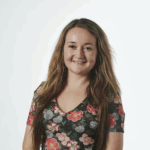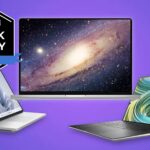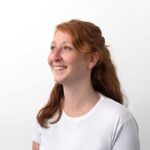The abundance, distribution, and origin of lunar surface water has recently drawn significant scientific interest, owing to its critical role in future space exploration.
Long before humans reached orbit, insects had already shown they could handle the hurdles of spaceflight. Light, highly adaptable and nutritionally rich, these resilient animals present an attractive option for
Conditions on Venus’ surface have largely remained a mystery for decades. Carl Sagan famously pointed out that people were quick to jump to conclusions, such as that there are dinosaurs
New study reveals, for the first time, a tidal disruption event (TDE), where a black hole tears apart a star, occurring outside the center of a galaxy that produced exceptionally
After arriving at the California launch site at the end of September, the two HydroGNSS satellites have been carefully prepared for liftoff, scheduled this month.
A multidisciplinary team of undergraduate students from three different universities has designed and built a mini satellite, known as a CubeSat, that will launch into space to gather data in
There are no mini-Neptunes in our Solar System, yet they seem to be one of the most common types of exoplanets out there. Previous research shows that these planets are
Solar storms may bring colorful auroras to several northern U.S. states Thursday night.
The first dual-satellite mission to another planet, NASA’s ESCAPADE (Escape and Plasma Acceleration and Dynamics Explorers), is scheduled for launch no earlier than Sunday, Nov. 9, from Cape Canaveral, Florida.
The universe’s expansion may actually have started to slow rather than accelerating at an ever-increasing rate as previously thought, a new study suggests.
-
 012024 in Review: Highlights from NASA in Silicon Valley
012024 in Review: Highlights from NASA in Silicon Valley -
 02Panasonic Leica Summilux DG 15mm f/1.7 ASPH review
02Panasonic Leica Summilux DG 15mm f/1.7 ASPH review -
 03How New NASA, India Earth Satellite NISAR Will See Earth
03How New NASA, India Earth Satellite NISAR Will See Earth -
 04And Thus Begins A New Year For Life On Earth
04And Thus Begins A New Year For Life On Earth -
 05Astronomy Activation Ambassadors: A New Era
05Astronomy Activation Ambassadors: A New Era -
06SpaceX launch surge helps set new global launch record in 2024
-
 07Space Force plans new ‘Futures Command’ amid pressure to speed up modernization
07Space Force plans new ‘Futures Command’ amid pressure to speed up modernization








